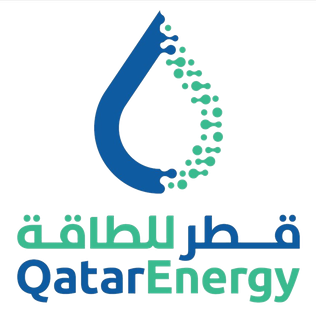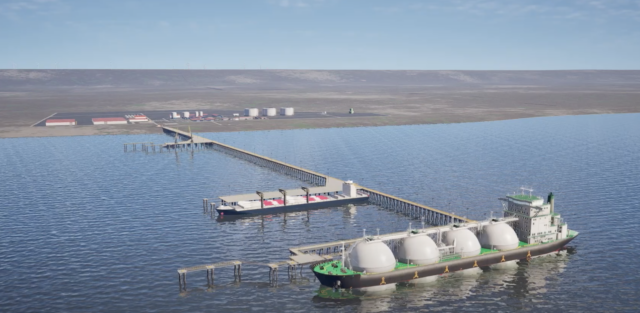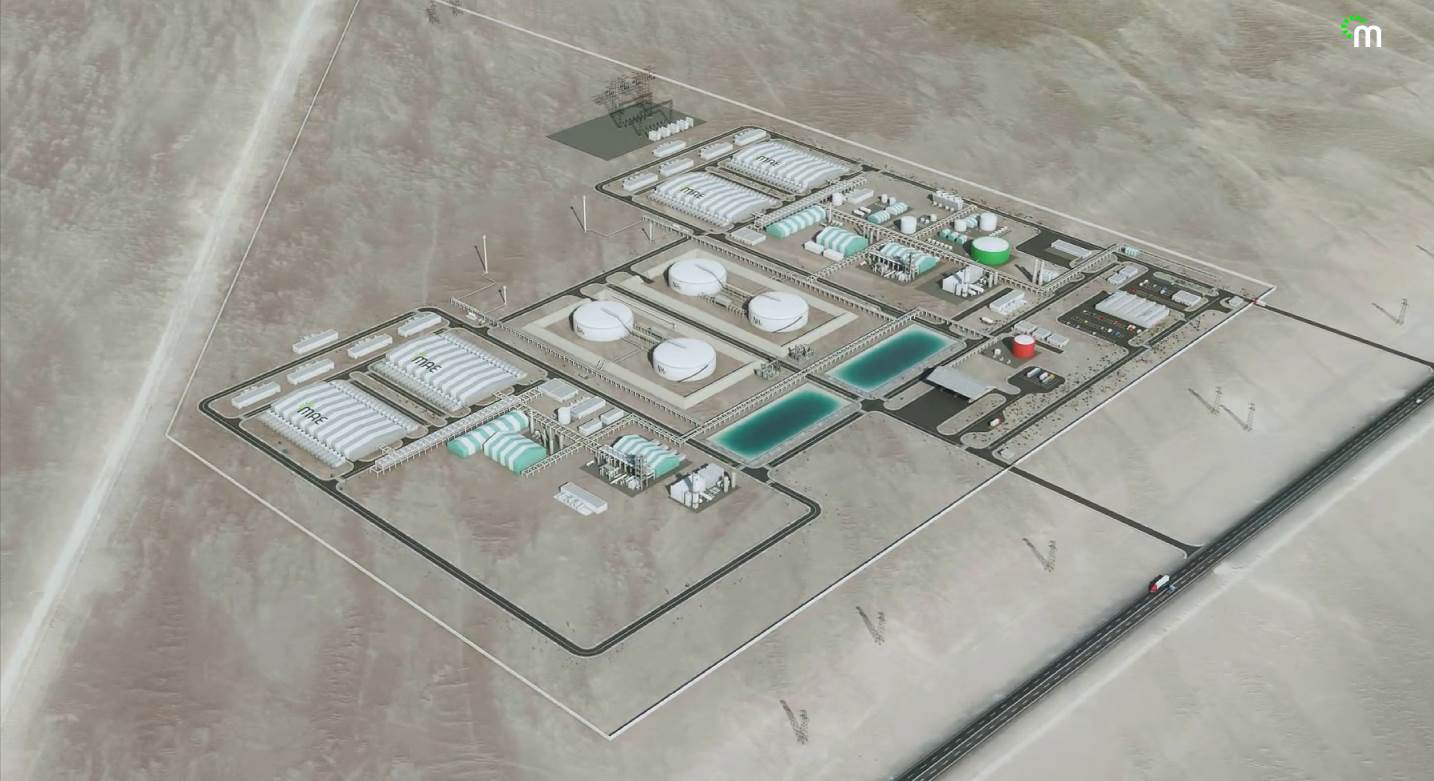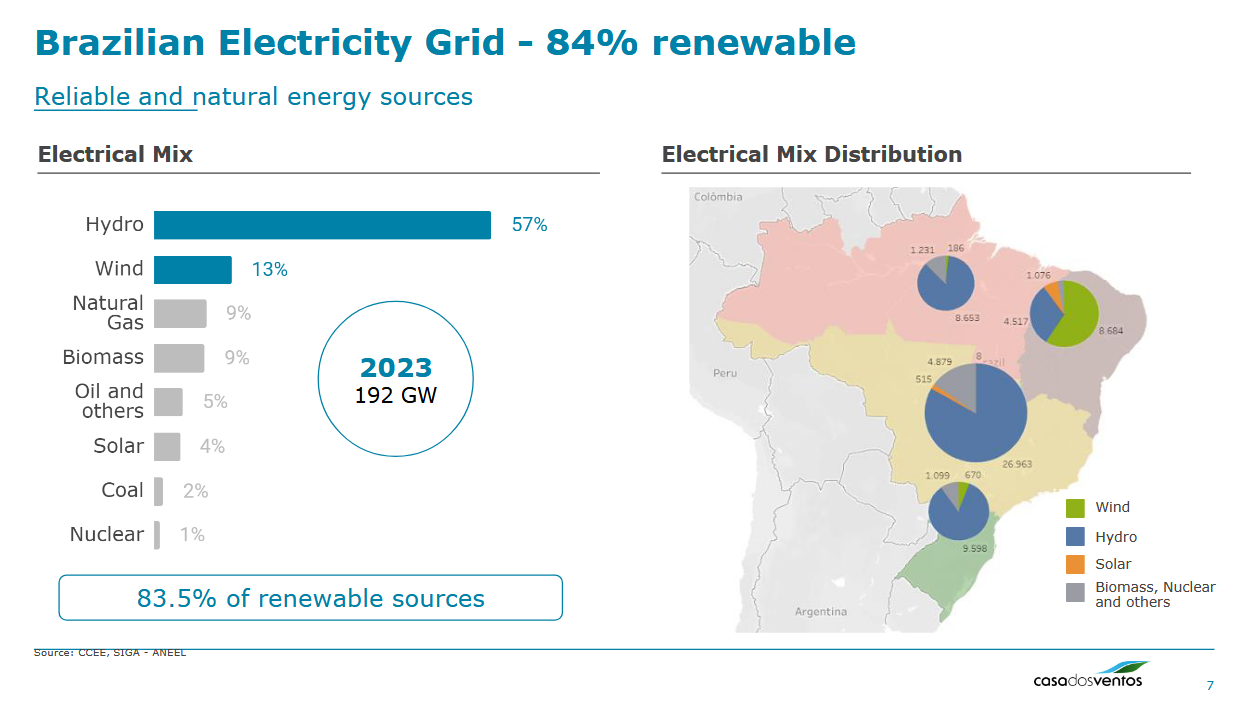Coega renewable ammonia: development funding secured, solar plant finalised
The Coega Green Ammonia project, which is targeting a production capacity of 1 million tons per year once operational in 2029, has secured $20 million in development funding from SA-H2 Fund, as well as completing development of the Crossroads Green Energy project, a 1430 MW cluster of solar PV sites that will provide 40% of Coega’s power requirements.









